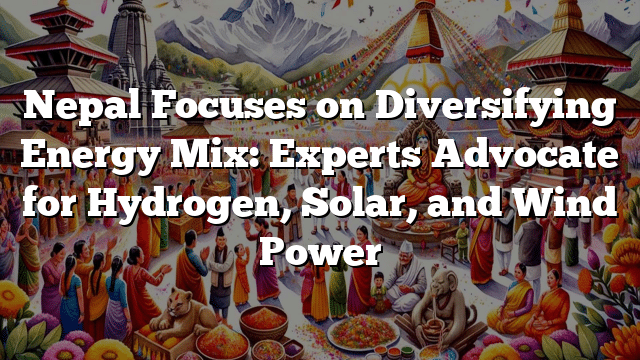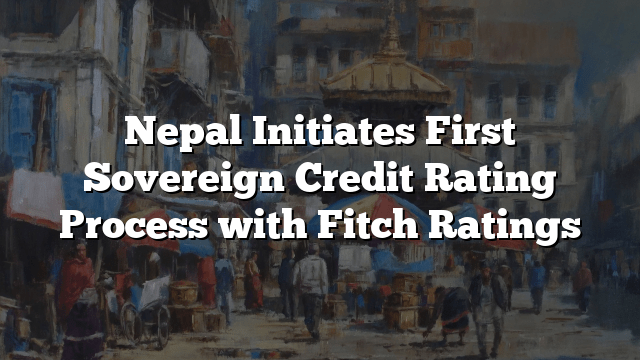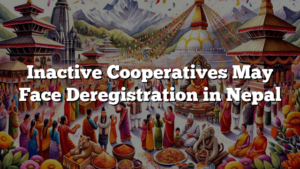
During the Himalayan Hydro Expo 2024, organized by the Independent Power Producers’ Association, Nepal (IPPAN), stakeholders and experts converged to discuss the pressing need for diversifying Nepal’s energy mix. The session, titled “Pioneering the Clean Energy Synergy,” shed light on the immense potential of alternative energy sources, including hydrogen, solar, and wind power, alongside the country’s existing hydroelectricity resources.
Biraj Singh Thapa, a hydrogen expert and Professor at Kathmandu University, emphasized the urgency for Nepal to prepare for the hydrogen energy revolution. According to his insights, the price of hydrogen energy is expected to decrease by a staggering 62 percent by 2030. Citing a study conducted in the UK, Prof. Dr. Thapa revealed that the production of hydrogen energy in Nepal could be among the most cost-effective globally, leveraging the synergy of solar, wind, and hydropower resources.
“World’s cheapest hydrogen energy could be produced in Nepal through the mixture of solar, wind, and hydro,” Prof. Dr. Thapa shared, urging collaboration between the government and private sector to capitalize on this opportunity. He highlighted the Kathmandu University’s symbolic achievement in running a hydrogen vehicle as a testament to Nepal’s potential in this emerging field.
Kuber Mani Nepal, a member of IPPAN, emphasized the role of solar energy as a viable alternative to traditional energy sources, which currently account for 60 percent of the country’s total domestic power consumption. He advocated for a dedicated policy framework to address solar energy, noting that the existing Electricity Bill provides limited guidance in this area.
Kushal Gurung, an alternative energy producer, shared insights into his company’s experimentation with producing energy from organic waste in Pokhara. He revealed that Nepal could generate more than 2.5 million tonnes of organic fertilizer annually by utilizing just 20 percent of the country’s compostable waste, highlighting the immense potential of waste-to-energy solutions.
During the session, various experts and industry leaders, including Apar Neupane, CEO of Simple Energy, Dr. Laxman Ghimire, Deputy Director of the Alternative Energy Promotion Centre, Laxmi Jha, CDE of the Ministry of Energy, and Shailendra Guragain, former President of IPPAN, expressed their views on the diverse scopes and opportunities within the alternative energy landscape.
As Nepal strives to achieve energy security and sustainability, the Himalayan Hydro Expo 2024 provided a platform for stakeholders to emphasize the importance of diversifying the country’s energy mix. By exploring alternative energy sources such as hydrogen, solar, wind, and waste-to-energy, Nepal aims to harness its abundant natural resources, reduce its reliance on traditional energy sources, and pave the way for a cleaner, more resilient energy future.
Related:



